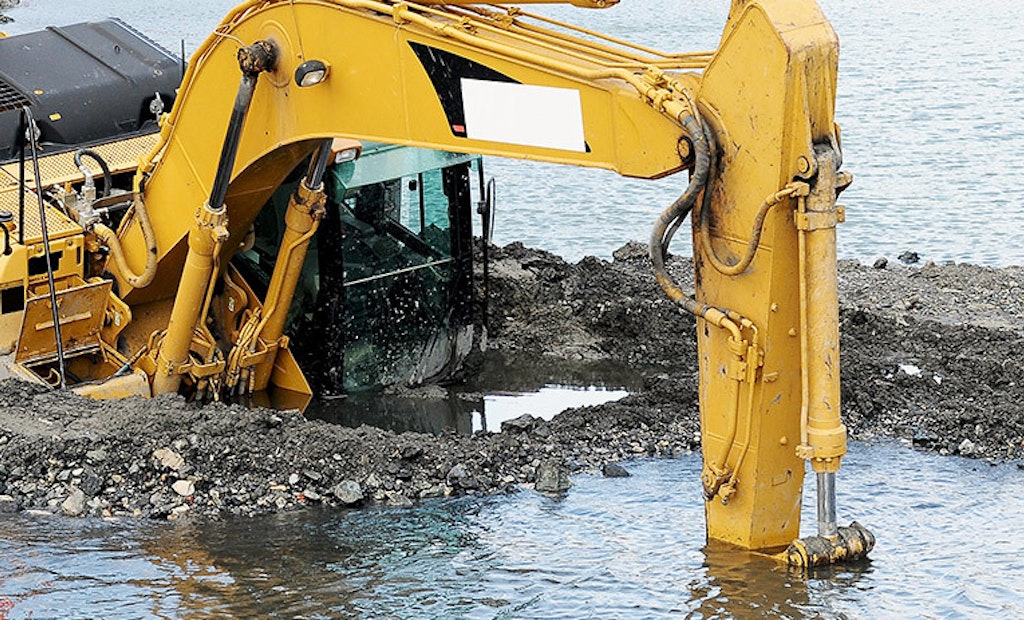When your equipment is damaged, repairing or replacing it is only part of the cost. Factor in production or service interruptions, downtime for safety investigations, workers’ compensation and litigation, and you have a strong business case for safety programs that help avoid equipment damage.
The NYC crane collapse: An equipment damage perspective
Let’s examine a crane accident in Lower Manhattan to illustrate the ripple effect of equipment damage. This tragic accident took place on February 5, 2016, and resulted in one death and three injuries.
The crawler crane collapsed and was severely damaged. Work stopped immediately to allow for investigations and cleanup. The investigations are ongoing, so the final cost of workers’ compensation claims has yet to be determined. Cleanup included not only removing the crane, but also repairing leaks in water and gas lines and removing parked cars that were crushed by the crane.
On March 18, one of the victims, Thomas O’Brien, 73, of North Easton, Massachusetts, filed a complaint with the city comptroller’s office, the first step in a planned $30 million lawsuit against the NYC Department of Buildings.
New York Mayor Bill de Blasio responded with stricter safety regulations and harsher penalties for noncompliance. Fines for failure to safeguard crane equipment will begin at $10,000 instead of the previous minimum of $4,800.
Workers were in the process of securing the crane from high winds when the accident occurred. Whether or not they waited too long to secure the crane continues to be a part of ongoing investigations. However, some believe that this accident could have been avoided if stronger safety protocols had been implemented by the city and followed by the crane operator.
The repercussions from an accident that lasted a few seconds will reverberate for years to come.
Rarely does equipment damage occur at this scope and under such public scrutiny. It’s an extreme example of the real costs of equipment damage. The next time your machine rolls off the trailer, a forklift collides with a truck or equipment fails due to improper maintenance, the results will likely not be as catastrophic. On a smaller scale, you’ll still need to be prepared for the costs of equipment repair or replacement, repairing damage to the surrounding area, work stoppage, investigations, workers’ comp and potential litigation.
Implement safety to deflect equipment damage costs
So how can you better protect your equipment and your workers? It starts with awareness, extensive training and transparent communication before work starts and during the shift. These steps become part of a comprehensive safety program — a program so ingrained into company culture that every employee, from the CEO to day-one contract labor, considers following safety protocols to be a primary job responsibility.
For more tips and resources on job site safety, visit the blog on Seneticscorp.com.





